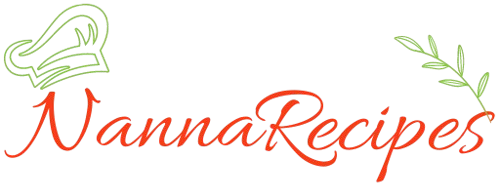Classic German Frühstück Teller
A Classic German Frühstück Teller is not just a meal—it’s a cultural tradition. With rustic bread rolls (Brötchen), hearty sausages, cheese, boiled eggs, and fruit preserves, this spread is a comforting, well-balanced way to start the day.
Germany is known for its regional and hearty approach to breakfast. Whether enjoyed in a Bavarian inn or a Berlin café, this meal reflects the country’s rich culinary traditions. While many travelers are familiar with continental breakfast options, the German Frühstück Teller offers a more nuanced and substantial experience.
If you’re curious how this compares to other cultural plates, check out this delicious example of scrambled eggs with sautéed mushrooms—a great side addition to a German-inspired breakfast.
What’s on a Traditional German Frühstück Teller?
A classic plate might include:
- Brötchen (German bread rolls)
- Cold cuts (Schinken, Salami)
- Leberwurst or liver sausage
- Cheese slices (Gouda, Emmental)
- Boiled egg or scrambled eggs
- Fresh cucumber and tomato slices
- Butter and fruit jam or honey
These items are presented on a single plate, often paired with a hot cup of coffee or tea. The combination is not only visually inviting but nutritionally rounded.
Cheese and Sausage Combinations
Germans love pairing savory cheeses with cold meats. Soft cheeses like Camembert often appear alongside harder varieties. A spread of bacon and cheese stuffed tater tots could easily be reimagined for a brunch-style German spread.
Regional Variations of German Breakfast
Different parts of Germany have unique takes on the Frühstück Teller:
- Bavaria: Includes Weißwurst (white sausage), pretzels, and sweet mustard
- North Germany: More fish-based, such as smoked mackerel or herring
- Berlin: Often more international, with Turkish or Middle Eastern additions
Bread Is the Backbone

Bread plays a pivotal role. Whether it’s crusty rolls or dense rye slices, Germany’s bread culture is second to none. Expect:
- Brötchen (white rolls)
- Roggenbrot (rye bread)
- Sonnenblumenkernbrot (sunflower seed bread)
Germany’s bread culture is renowned globally and deeply ingrained in daily life. With over 3,200 officially recognized types of bread, it’s more than food—it’s a cultural emblem that shapes the German breakfast experience.
To explore more bread-based breakfast items, this cinnamon roll recipe is a fun and sweet diversion from the traditional savory profile.
Protein: Eggs and Meats
Protein comes in many forms:
- Boiled eggs are common.
- Some households serve soft scrambled eggs.
- Meats like Leberwurst, salami, and cooked ham round out the flavor.
If you’re looking to serve a crowd, consider ideas like breakfast roll-ups for a German-American fusion option.
Fruits, Vegetables, and Spreads
Fresh produce is added in moderation:
- Tomato wedges
- Cucumber slices
- Seasonal fruit (grapes, apple slices)
- Preserves like raspberry jam or honey
Beverages That Complement the Teller
A traditional German breakfast is often served with:
- Freshly brewed coffee
- Herbal tea
- Occasionally, a light fruit juice
How to Assemble the Perfect Teller
Here’s how to layer your Frühstück Teller like a native:
- Choose 1–2 types of bread.
- Add one cheese, one meat, and one egg.
- Include sliced vegetables and fruit.
- Serve with butter, a sweet spread, and a warm drink.
Fun Facts and Traditions
- In Germany, breakfast is typically a slow, seated meal.
- On weekends, Frühstück is an event—often extending into brunch.
- Many hotels and homes serve a buffet-style Frühstück that mimics the Teller concept.
Comparison with Other European Breakfasts
Unlike the French breakfast (often just croissants and coffee), the German version emphasizes heartiness and balance. It’s more similar to Scandinavian spreads, but less oily than a full English breakfast.
Tips for Recreating it at Home
- Shop at a local European deli for authentic meats and cheeses.
- Use rye or multigrain bread to replicate the texture of German loaves.
- Add decorative garnish—parsley or radish slices—for presentation.
FAQs: German Breakfast Questions Answered
What is a typical German breakfast?
A typical breakfast includes bread rolls, cheese, sausage, boiled eggs, and vegetables.
Do Germans eat hot food for breakfast?
Generally, no. Most items are cold, though eggs or sausages may be served warm.
What are common German breakfast meats?
Leberwurst, salami, ham, and Weißwurst in Bavaria.
Is jam used often?
Yes, fruit preserves and honey are commonly served with butter and bread.

